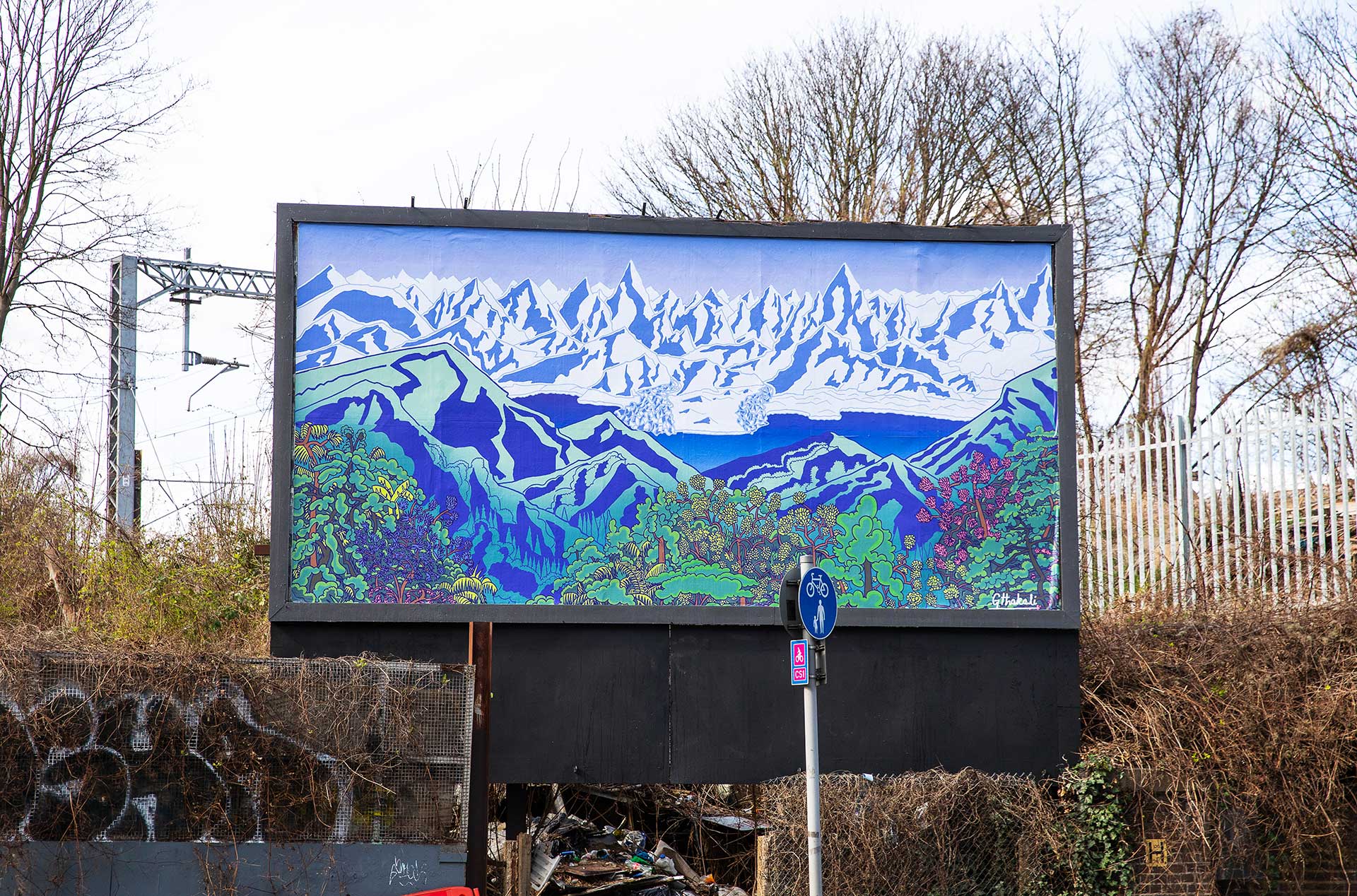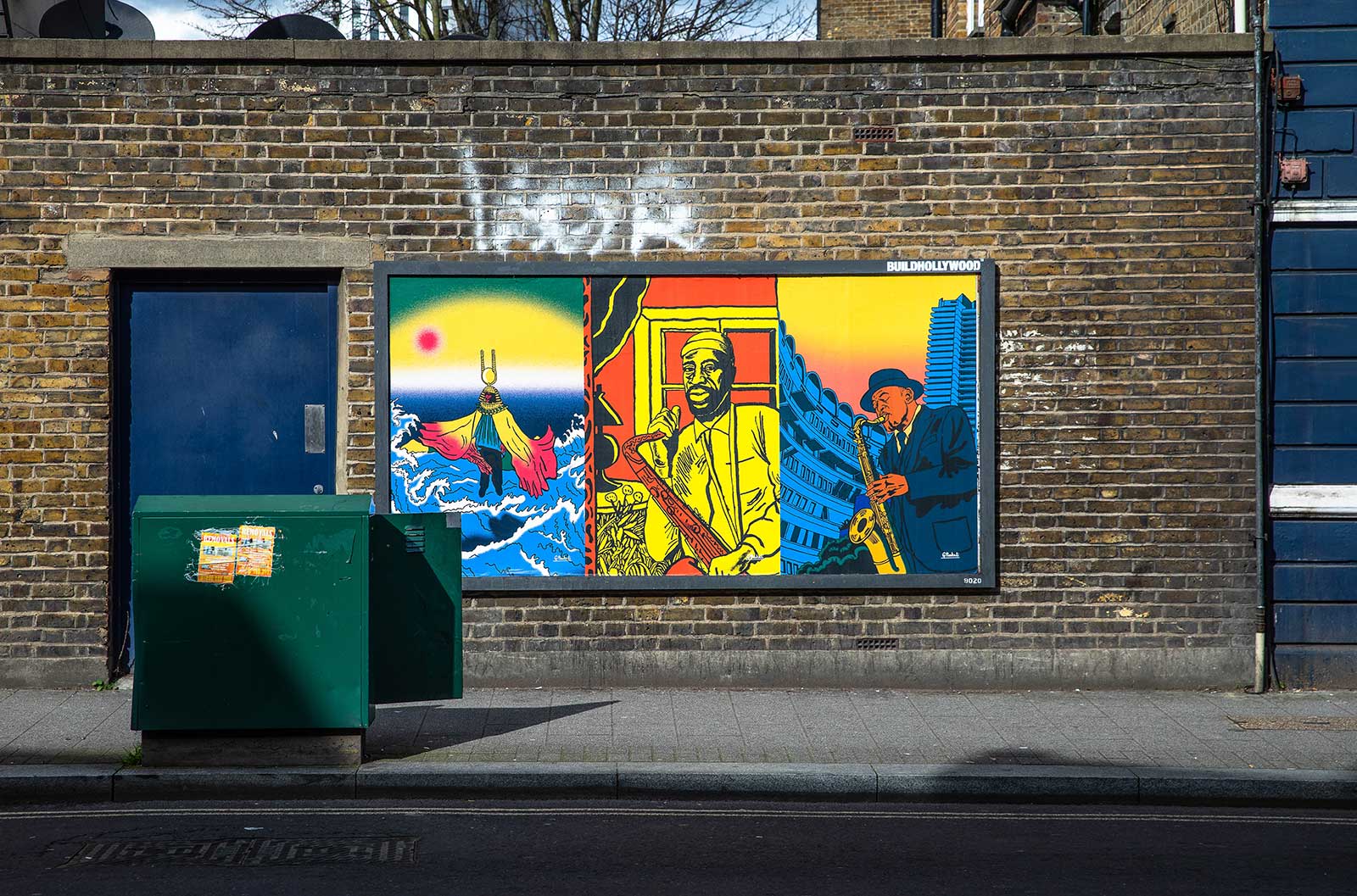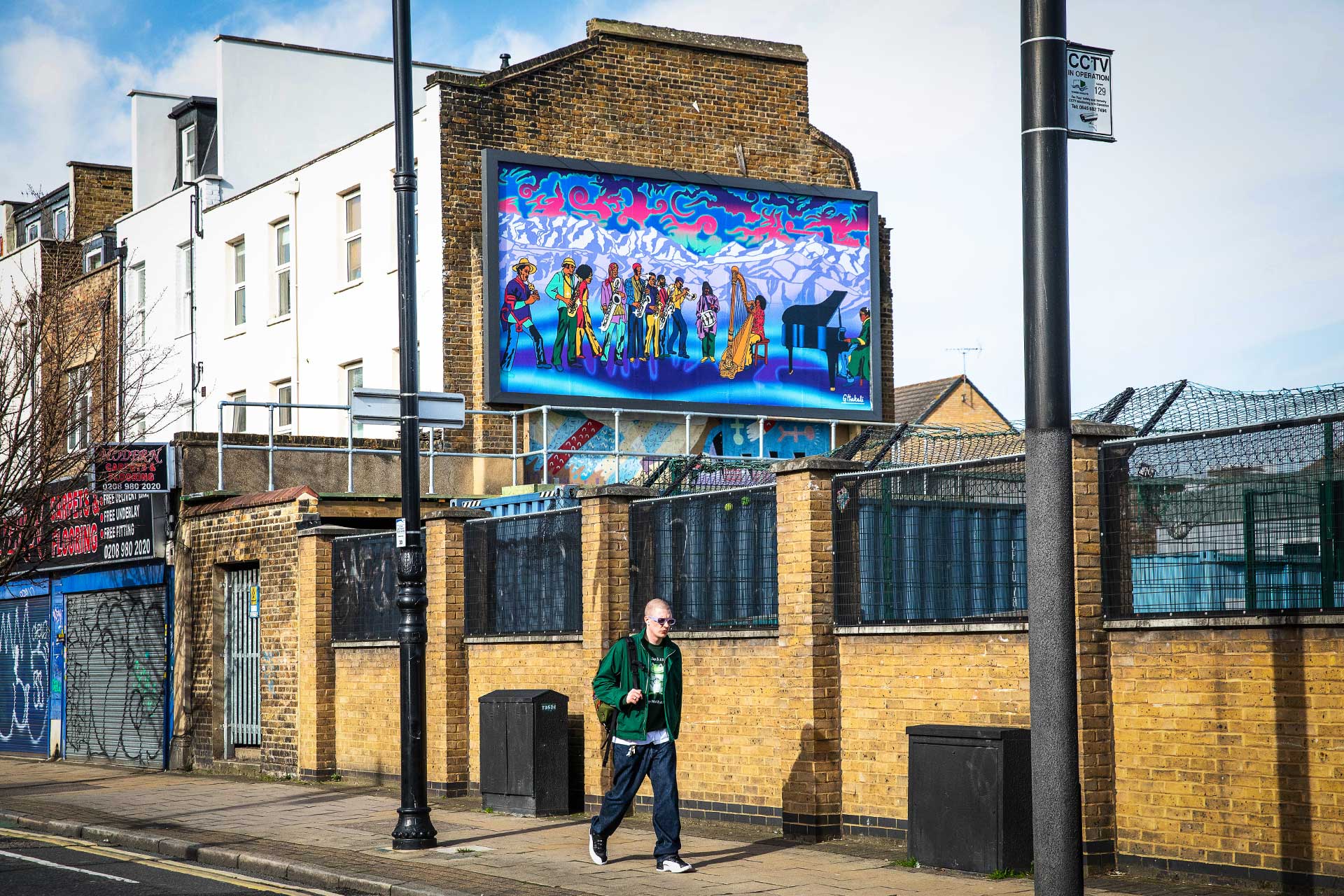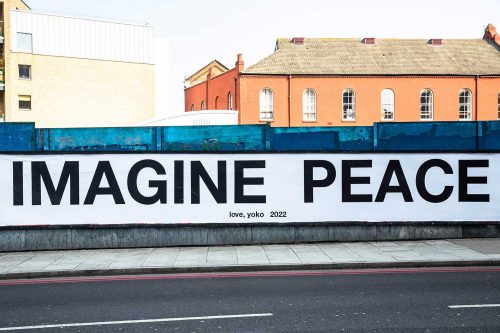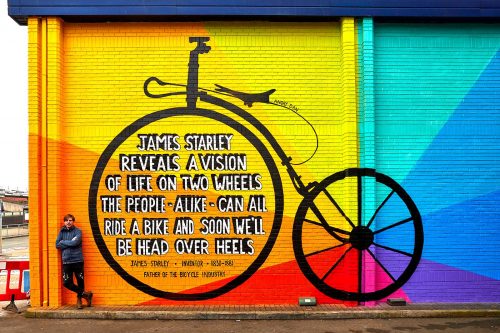Your Space Or Mine
Gaurab Thakali’s vibrant artworks explore the experience of music, city life, and the natural world
The latest artist to be spotlighted by Your Space Or Mine takes us on a journey through the world of underground jazz clubs, psychedelic dreamscapes, city-living, and mountain ranges.
Gaurab Thakali’s artworks are the product of the rich inner landscape of his imagination, hued with the vibrant colours of Kathmandu, populated and soundtracked by the musicians he’s most deeply inspired by, and informed by his encounters with a series of alluring subcultures. His distinctive work has appeared in prestigious publications such as The New York Times and The New Yorker, and his illustrations have also adorned clothing, skateboards, beer cans, record sleeves, and turntables. Defined by their saturated colours and gradients delineated by bold line work, his work moves between psychedelic landscapes, city life, and snow-topped mountain ranges, incorporating mystical elements with features of the everyday, while nature – at its most abundant and riotous – is ubiquitous.
16.03.22
Words by


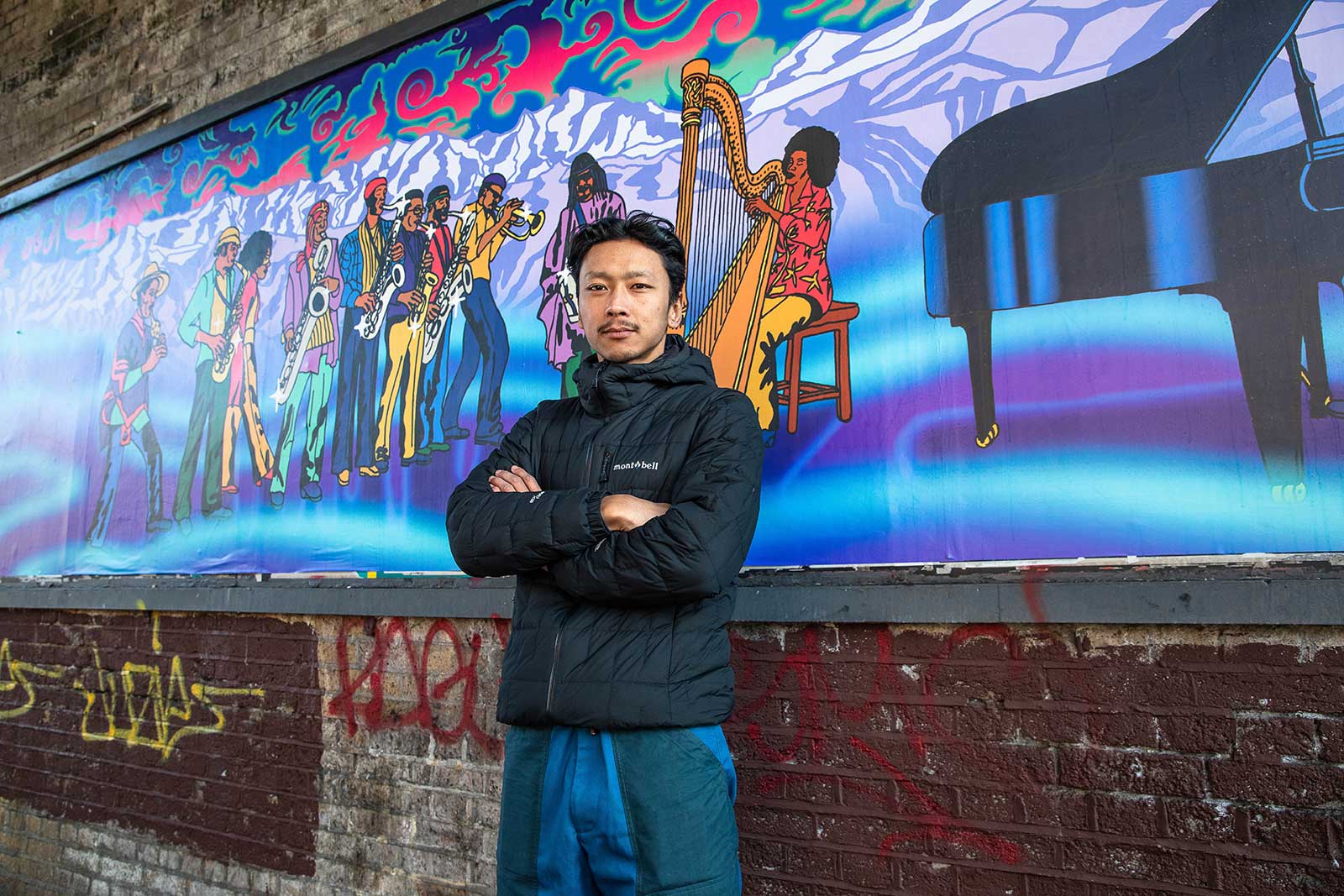
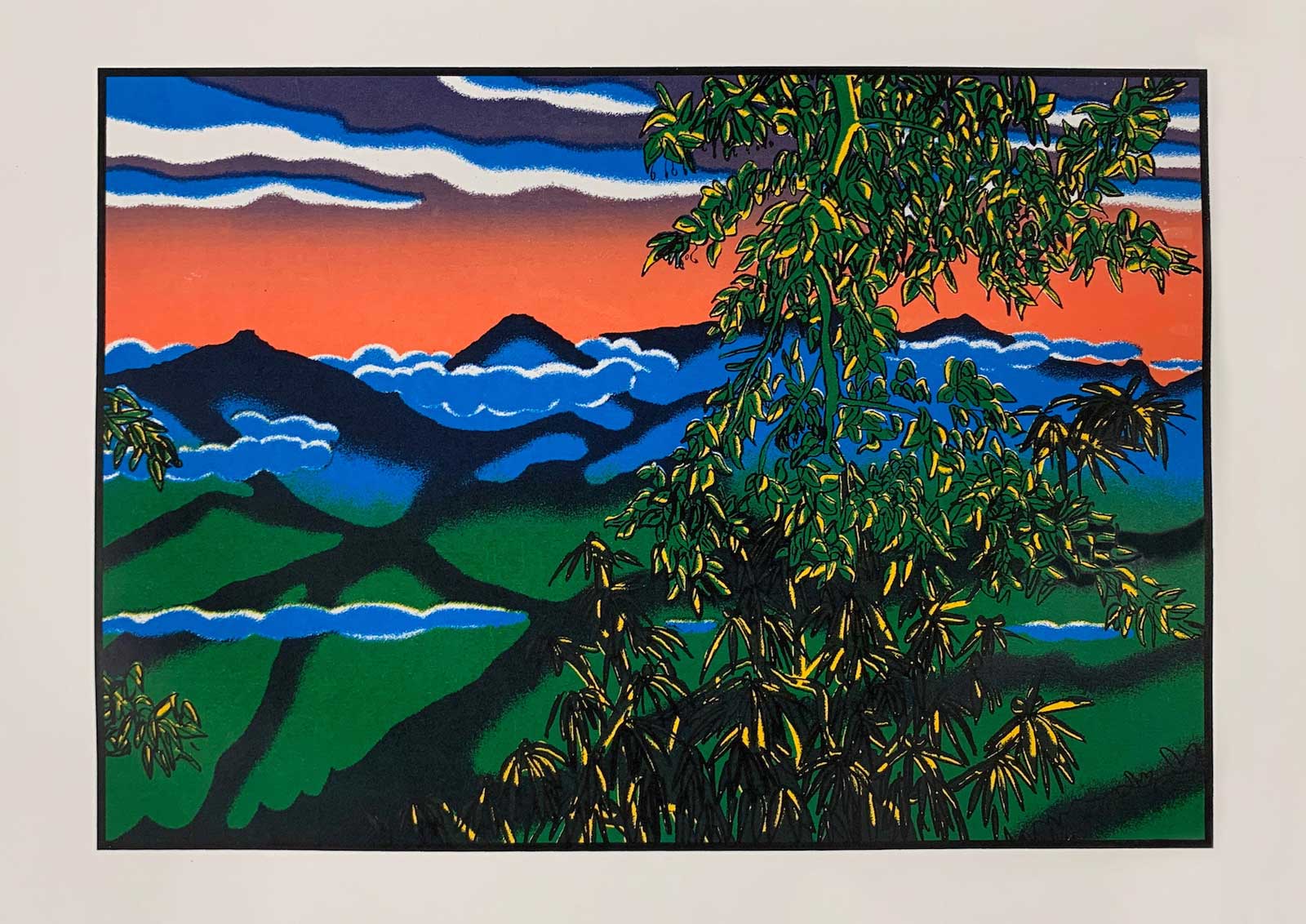 Les Colletes, silkscreen print by Gaurab Thakali
Les Colletes, silkscreen print by Gaurab Thakali
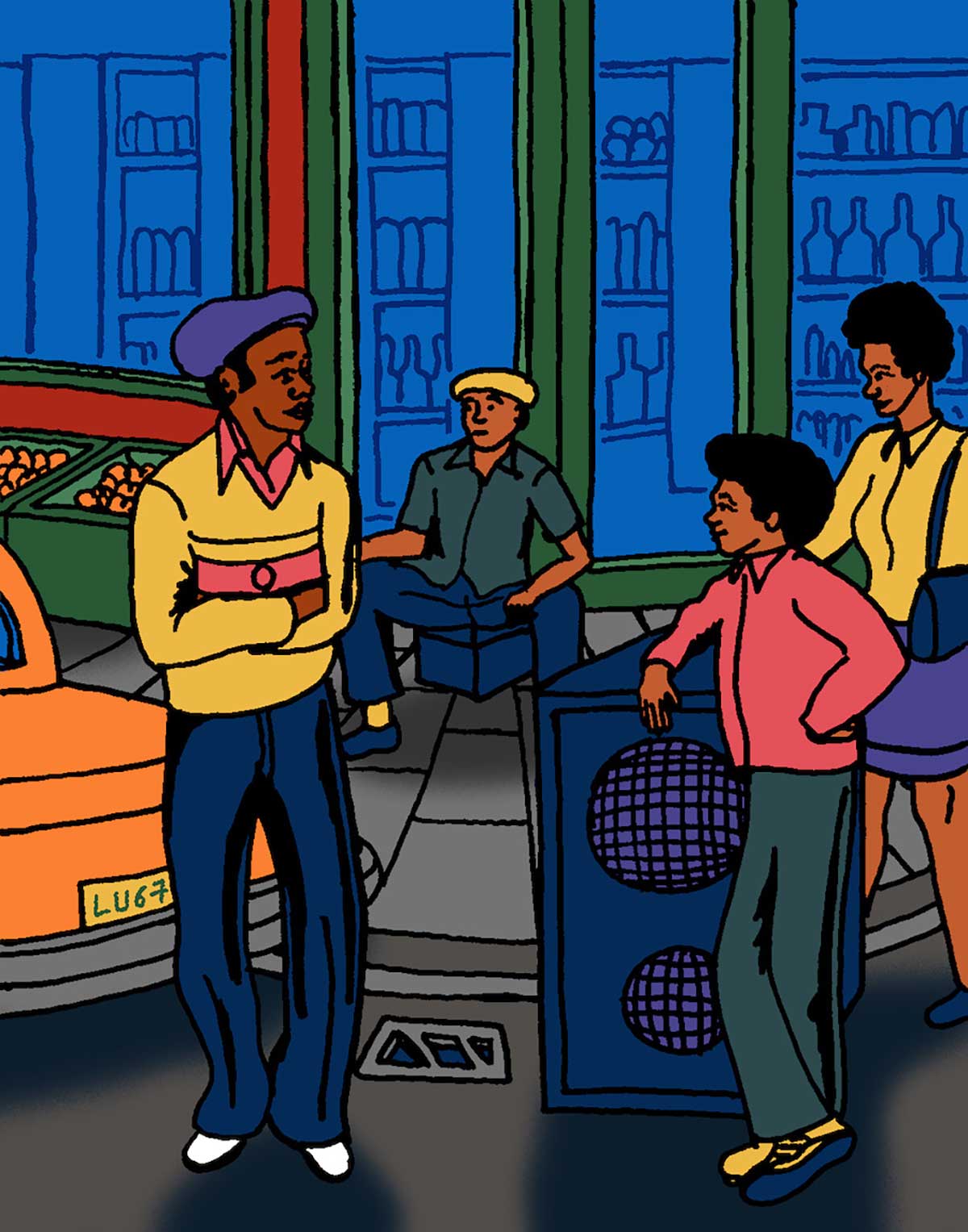
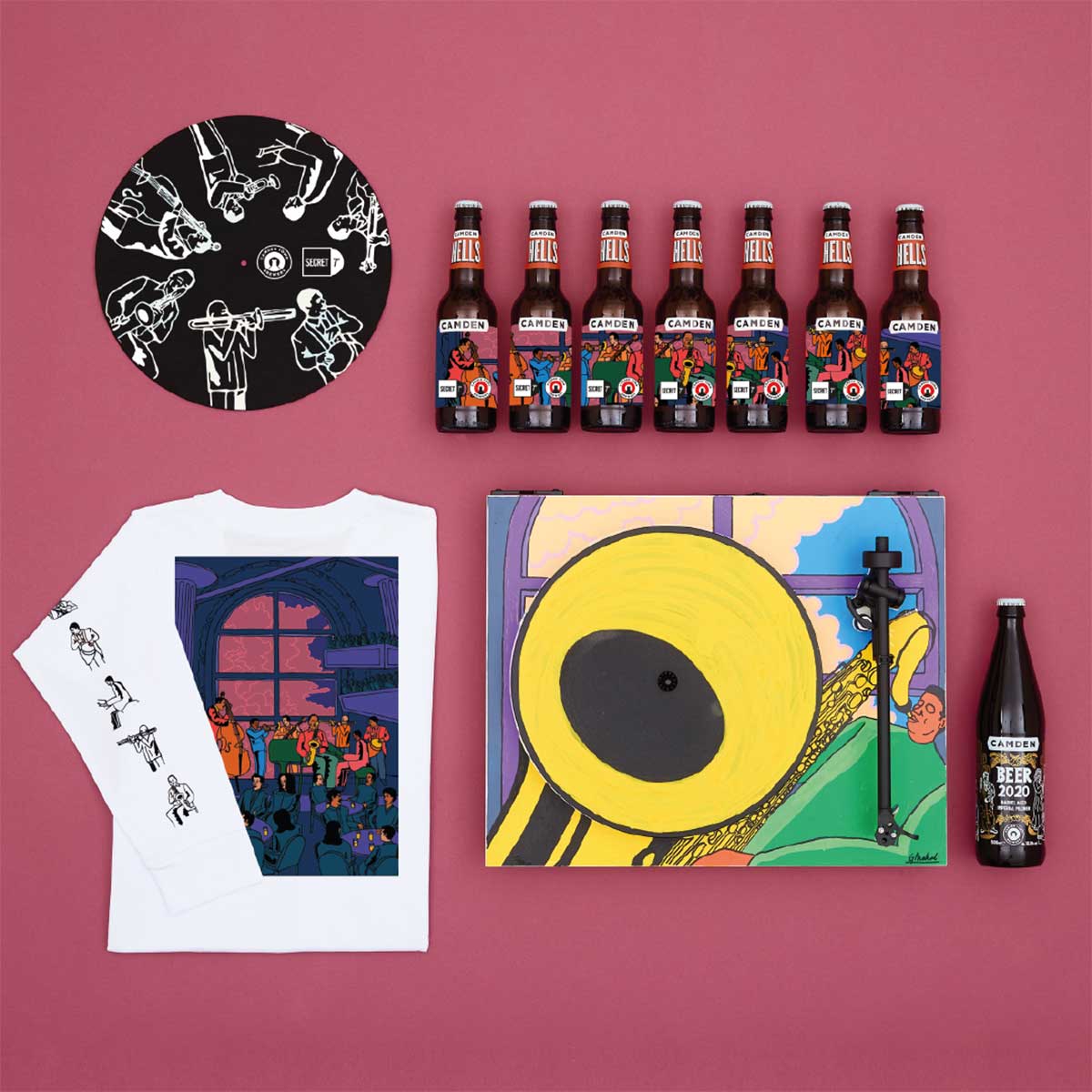 Collaboration with Camden Town Brewery X Secret 7 by Gaurab Thakali
Collaboration with Camden Town Brewery X Secret 7 by Gaurab Thakali
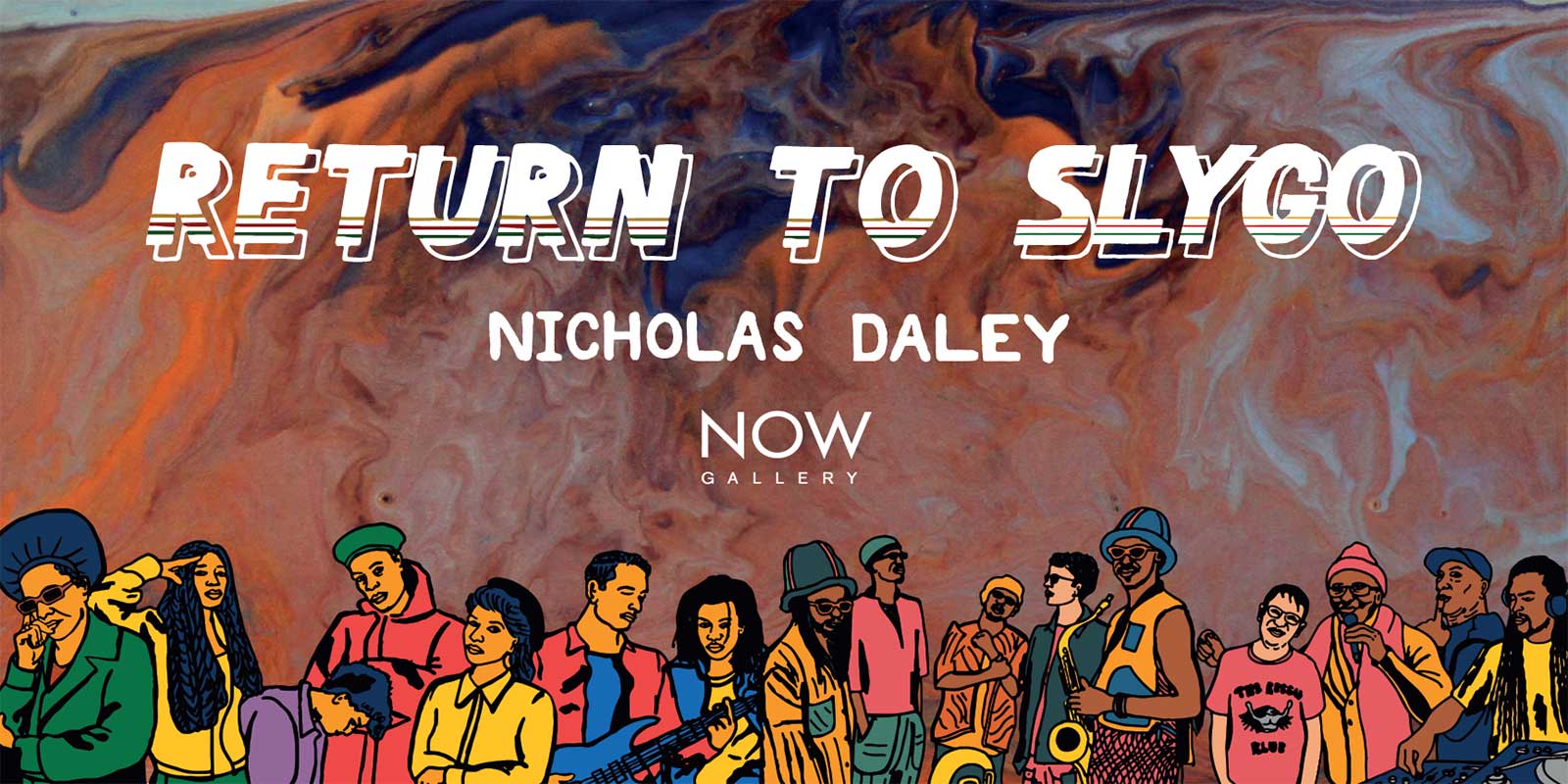 Artwork for Nicholas Daley’s ‘Return to Slygo’ BUILDHOLLYWOOD collaboration by Gaurab Thakali
Artwork for Nicholas Daley’s ‘Return to Slygo’ BUILDHOLLYWOOD collaboration by Gaurab Thakali
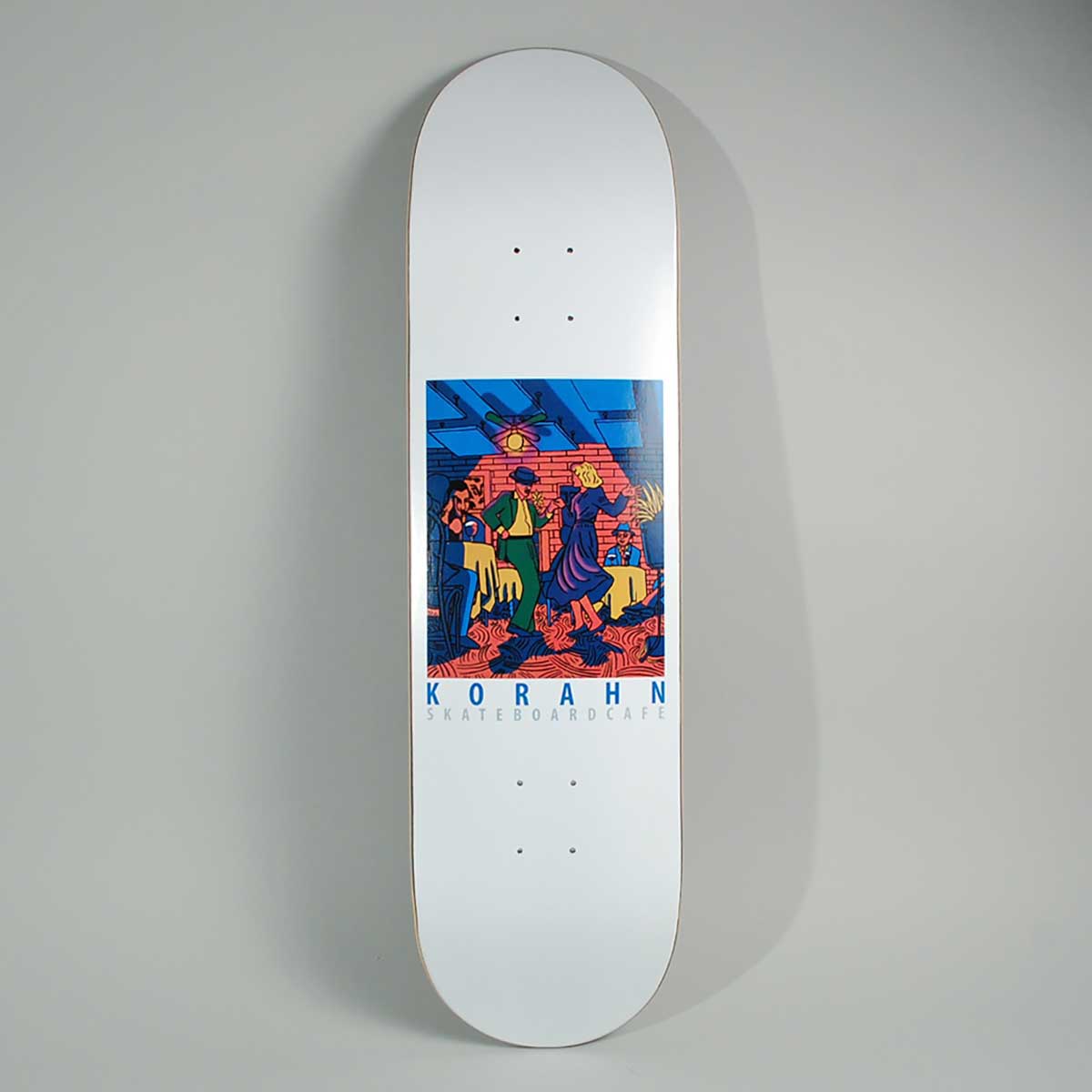 Art for Korahn Gayle's pro-board by Gaurab Thakali
Art for Korahn Gayle's pro-board by Gaurab Thakali
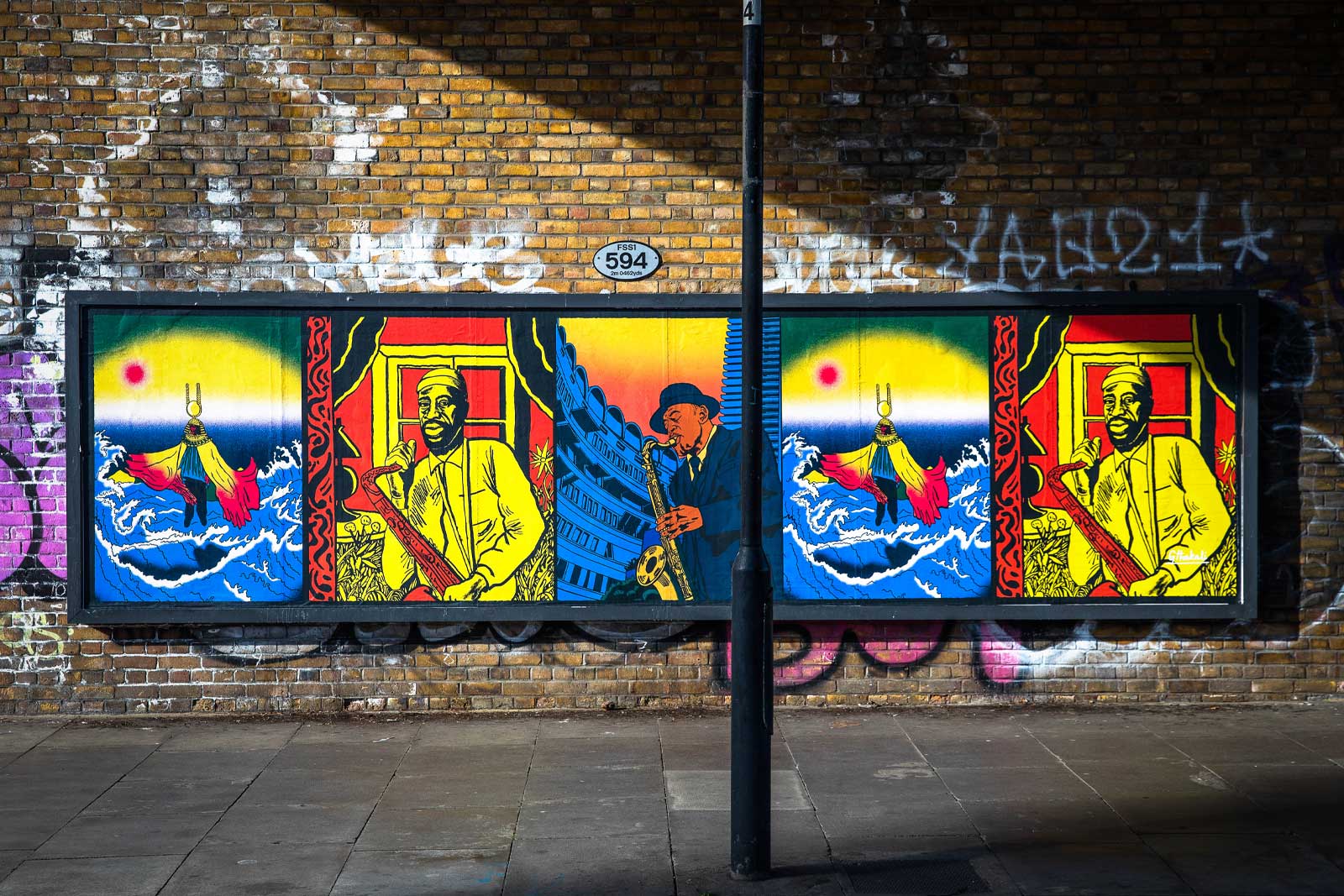
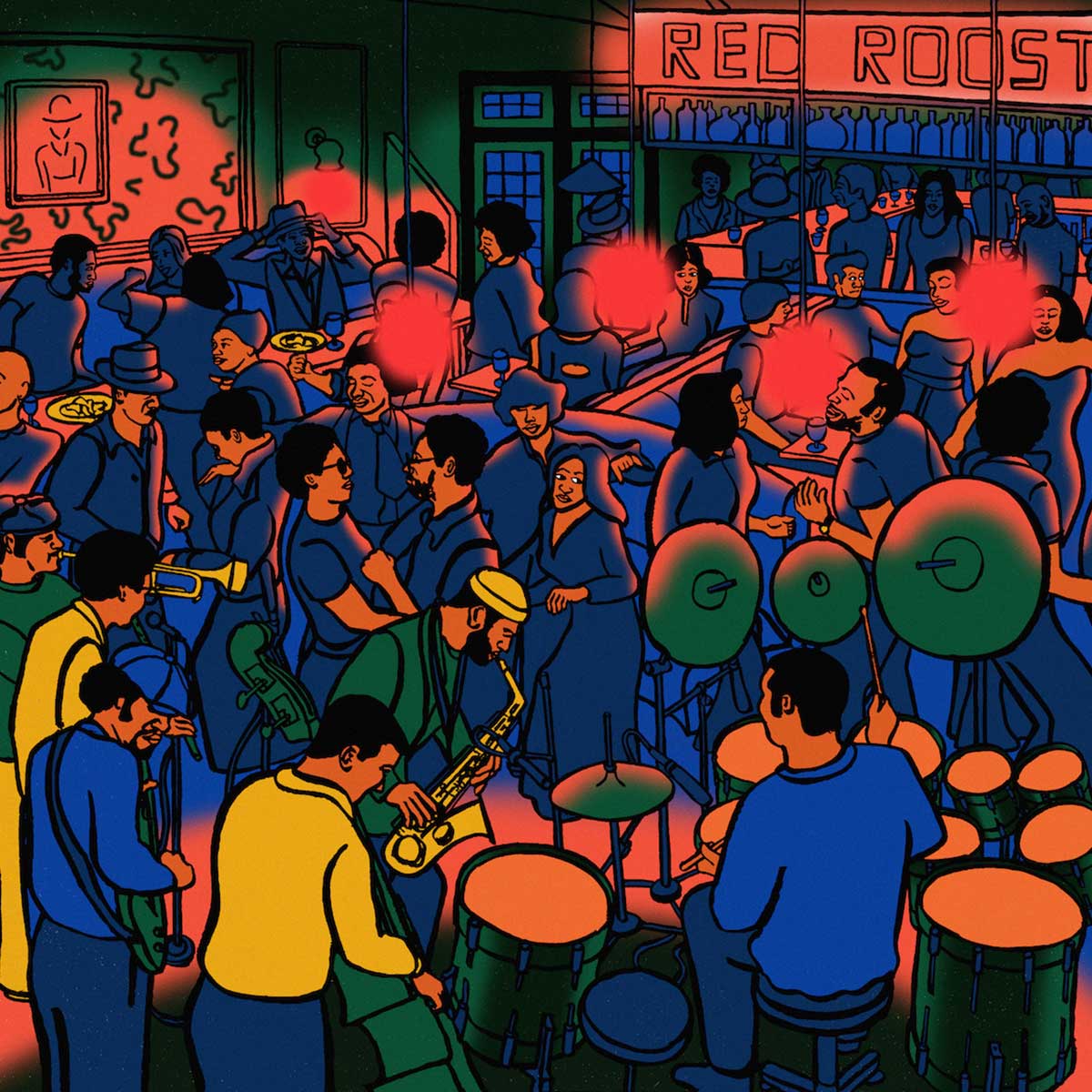 Club Series, open edition print by Gaurab Thakali
Club Series, open edition print by Gaurab Thakali
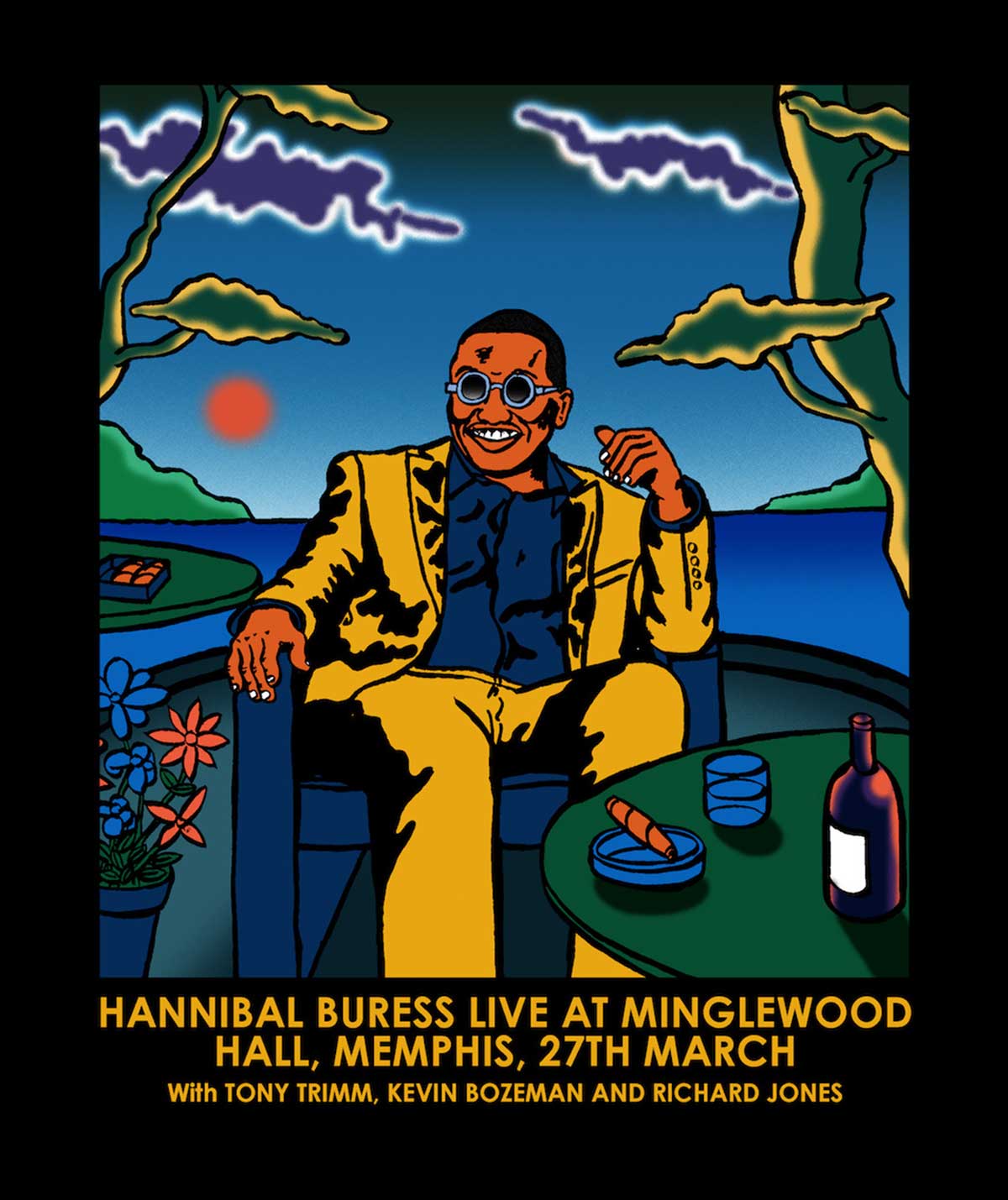 Artwork for Hannibal Buress show by Gaurab Thakali
Artwork for Hannibal Buress show by Gaurab Thakali
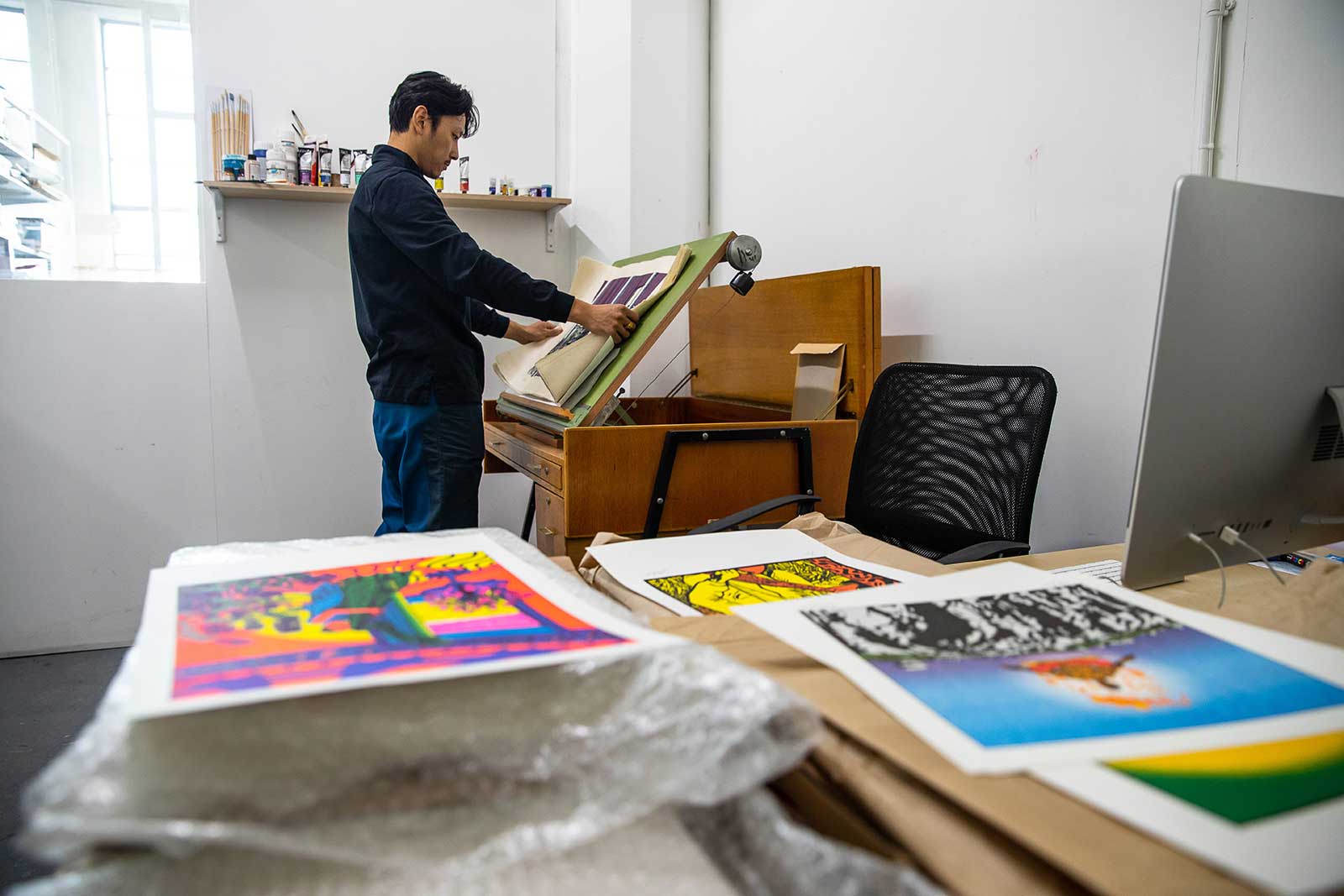
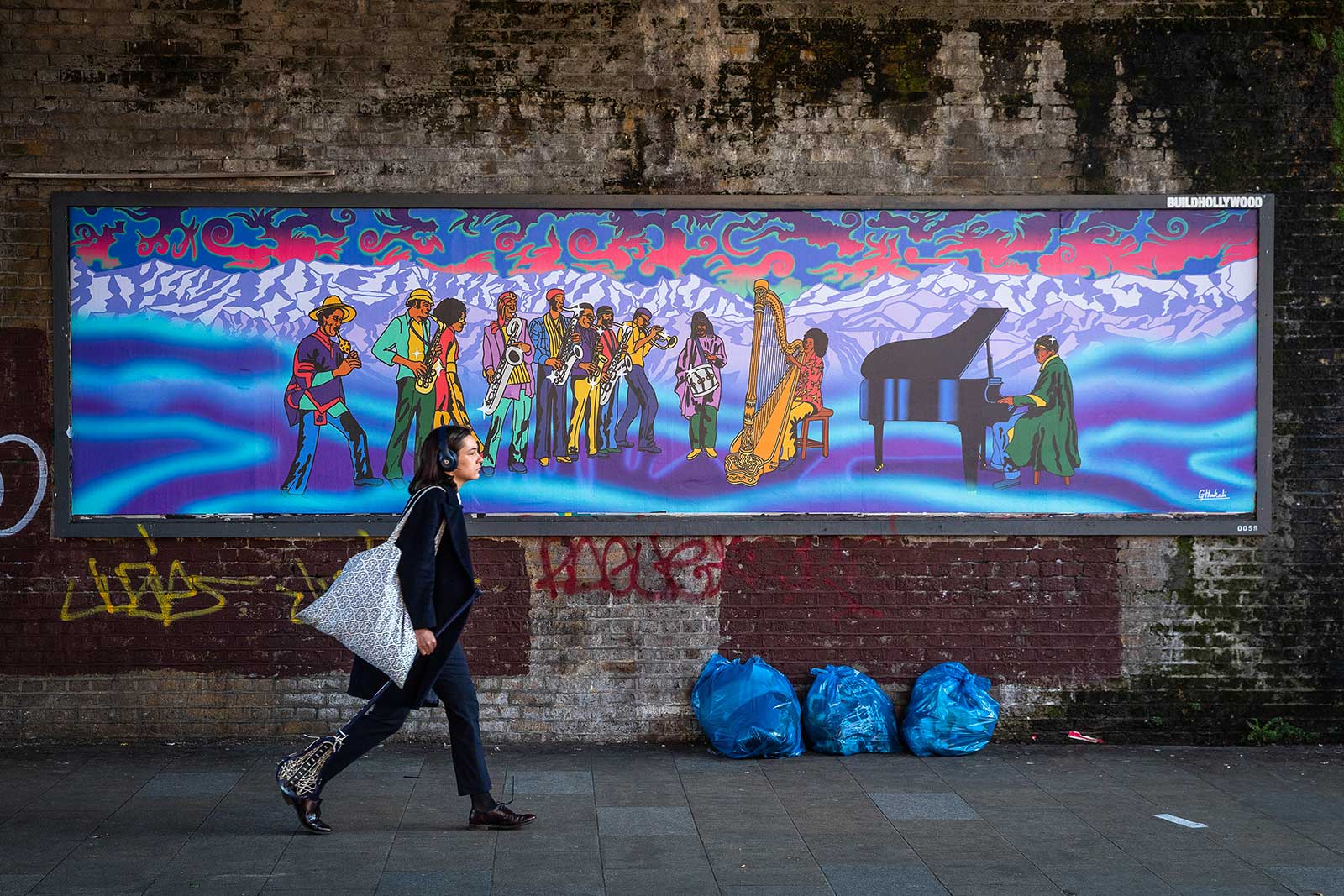
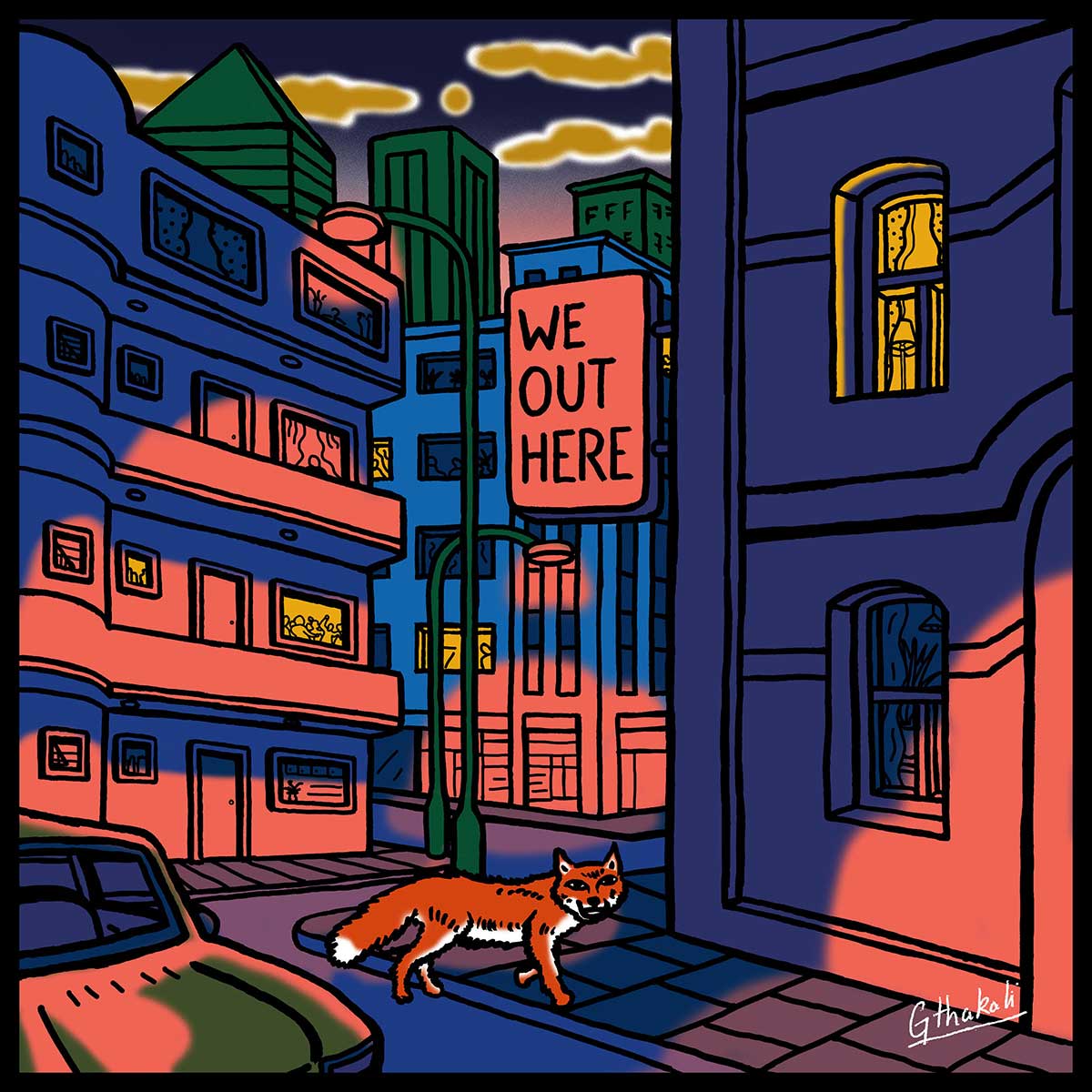
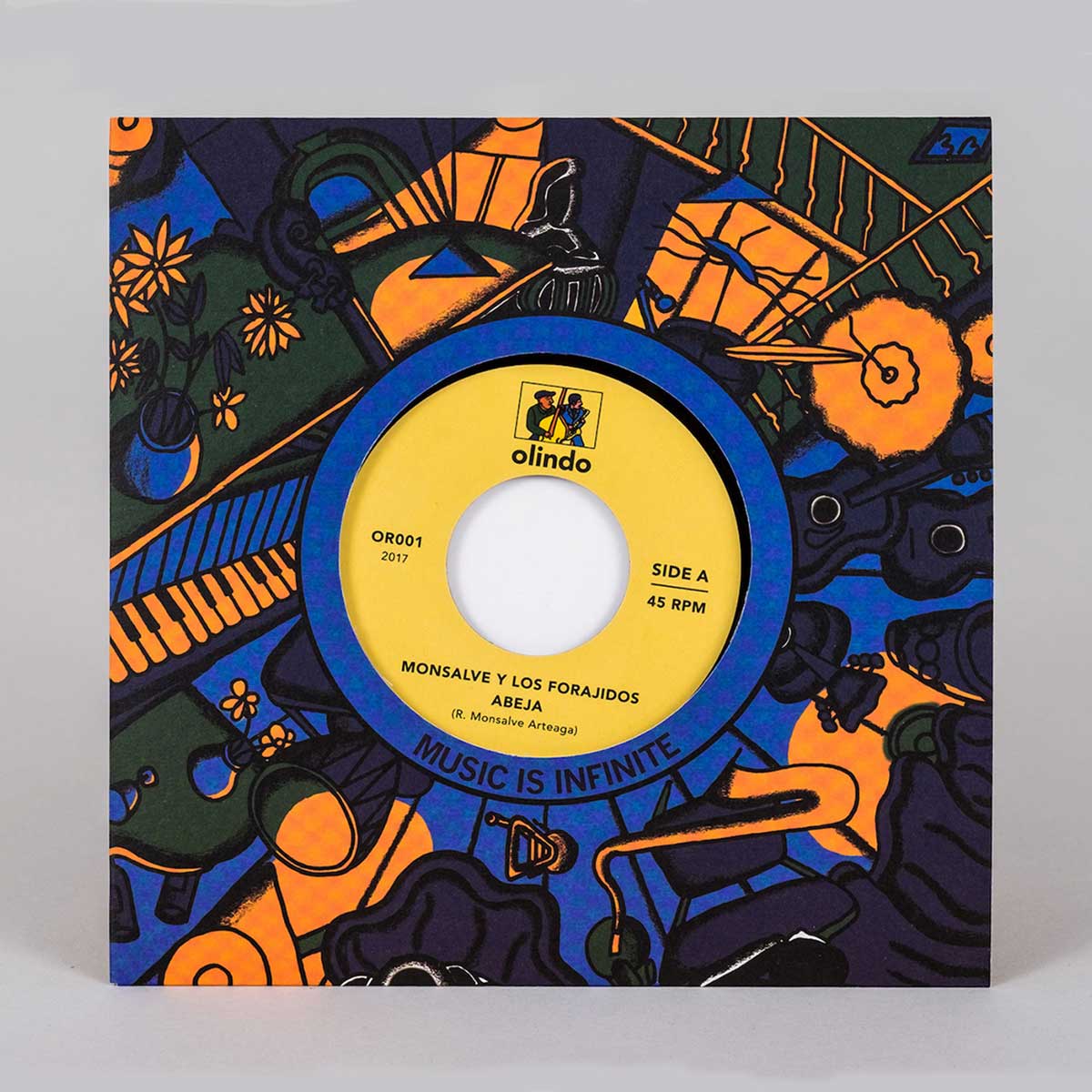
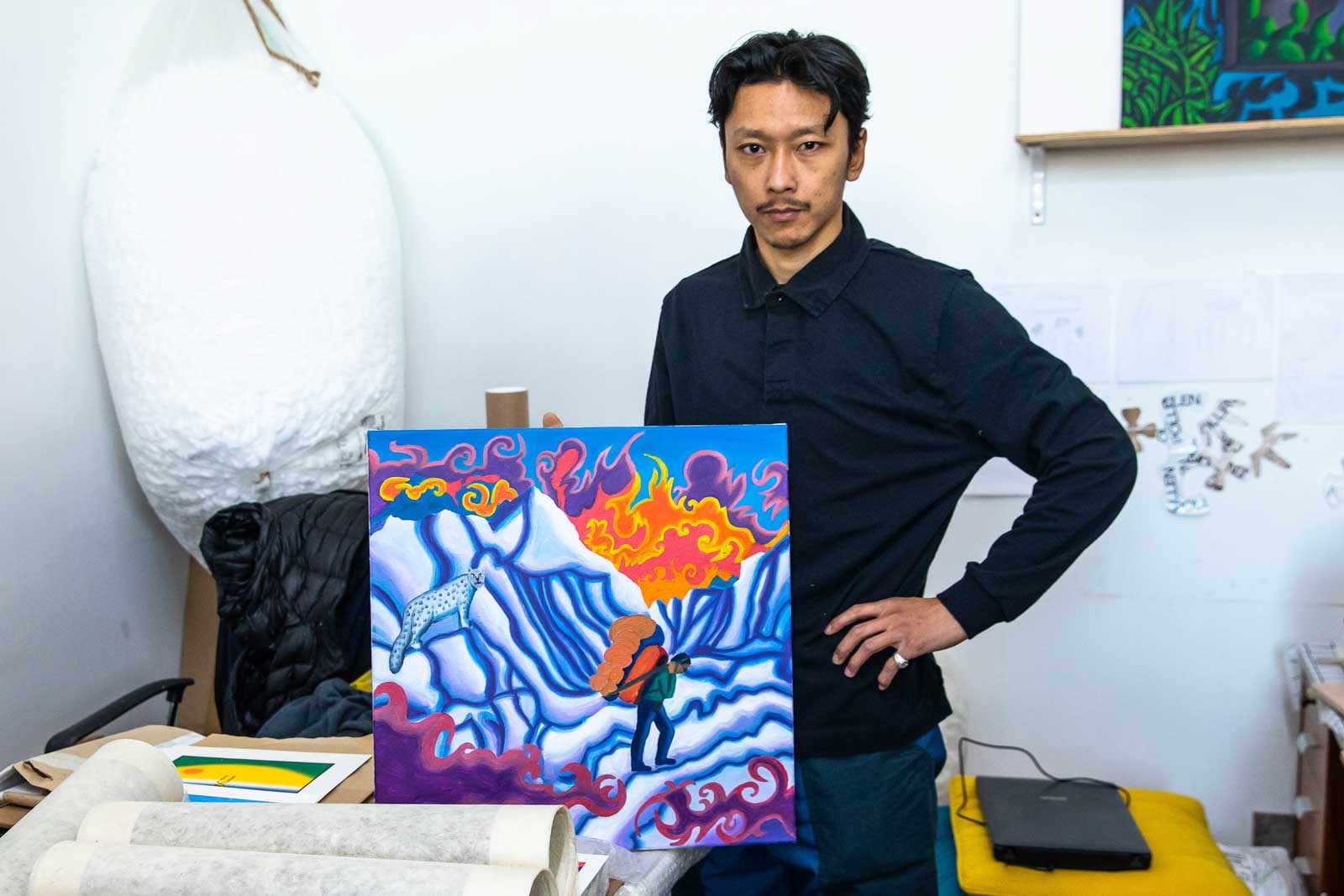
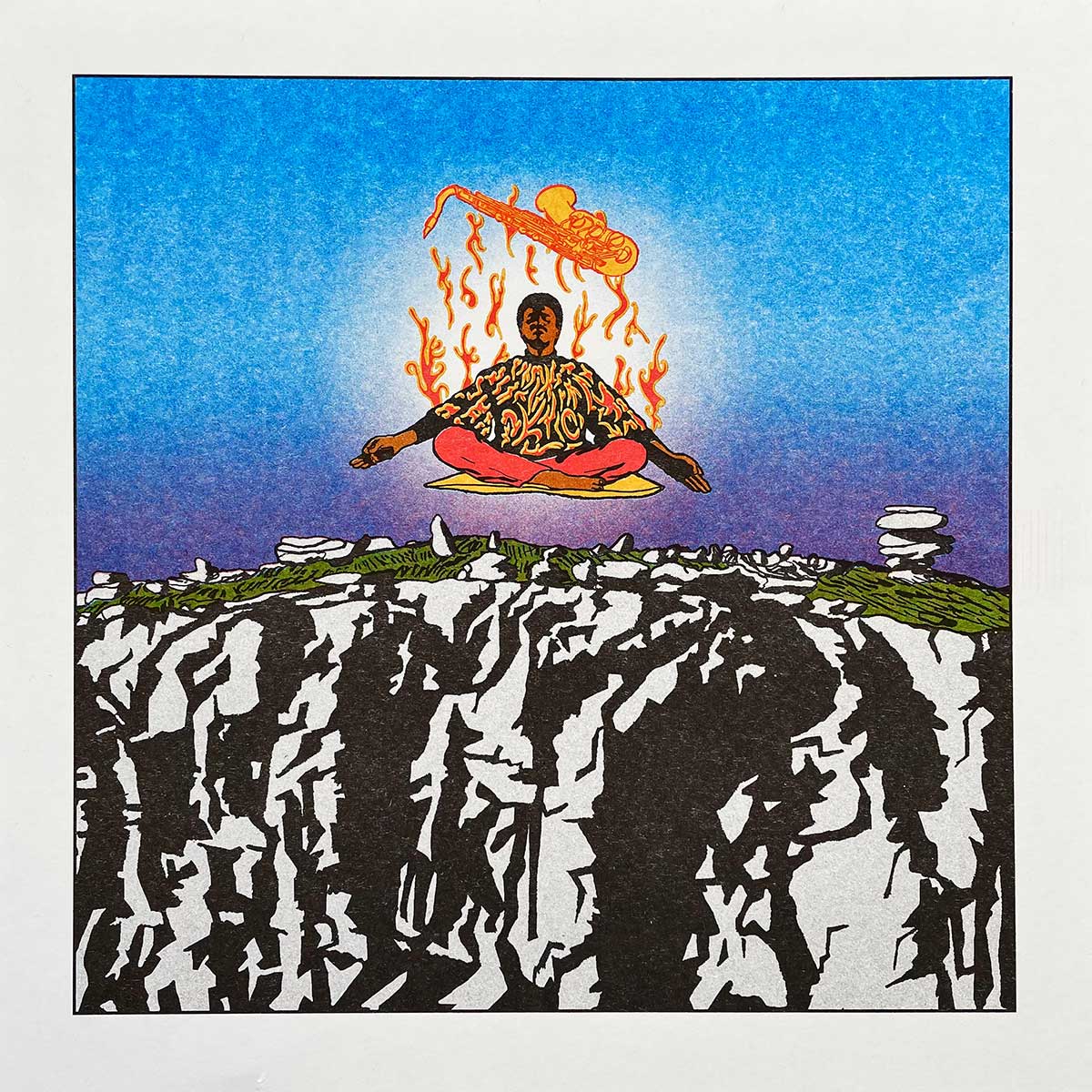 Love is everywhere, risograph print by Gaurab Thakali
Love is everywhere, risograph print by Gaurab Thakali
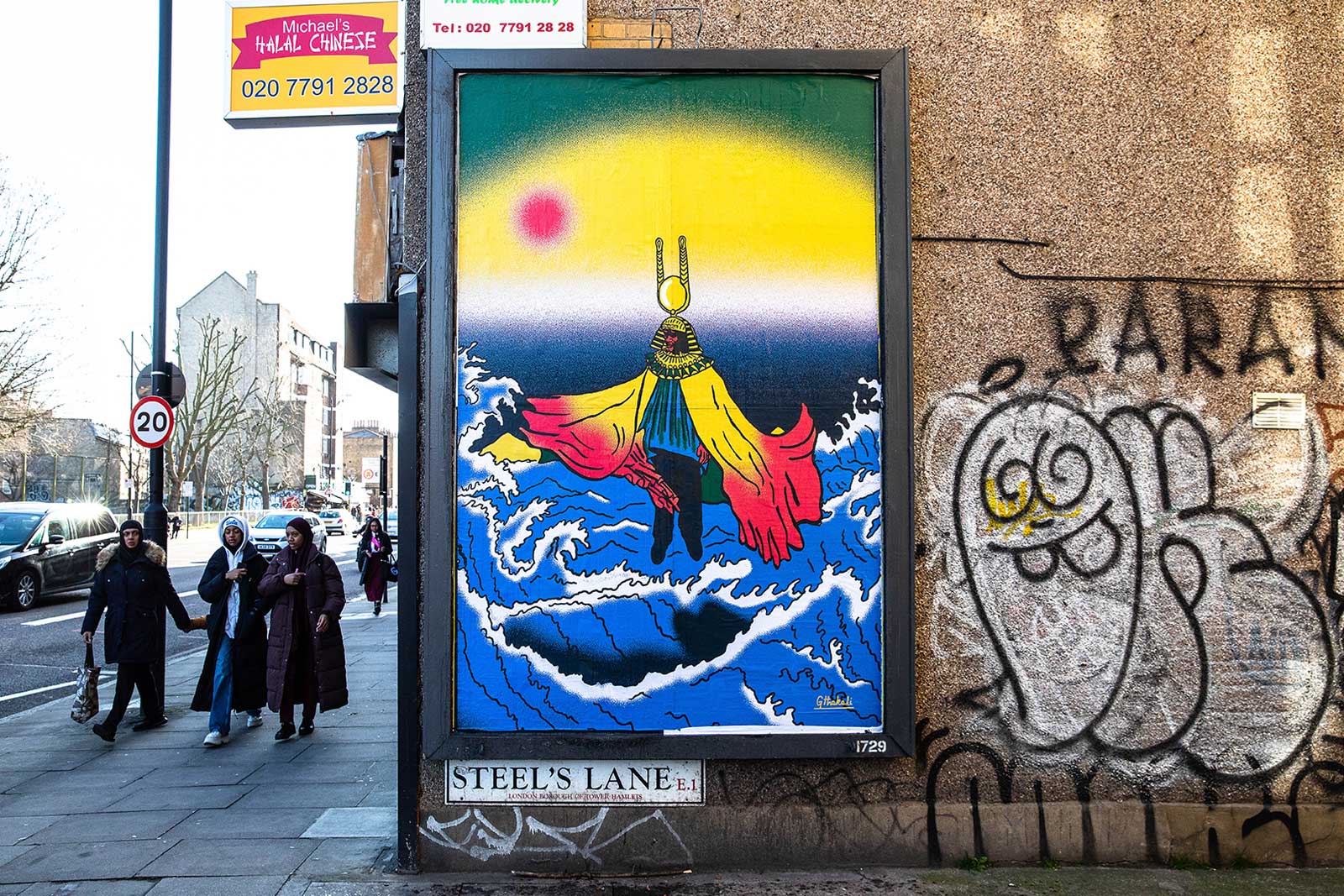
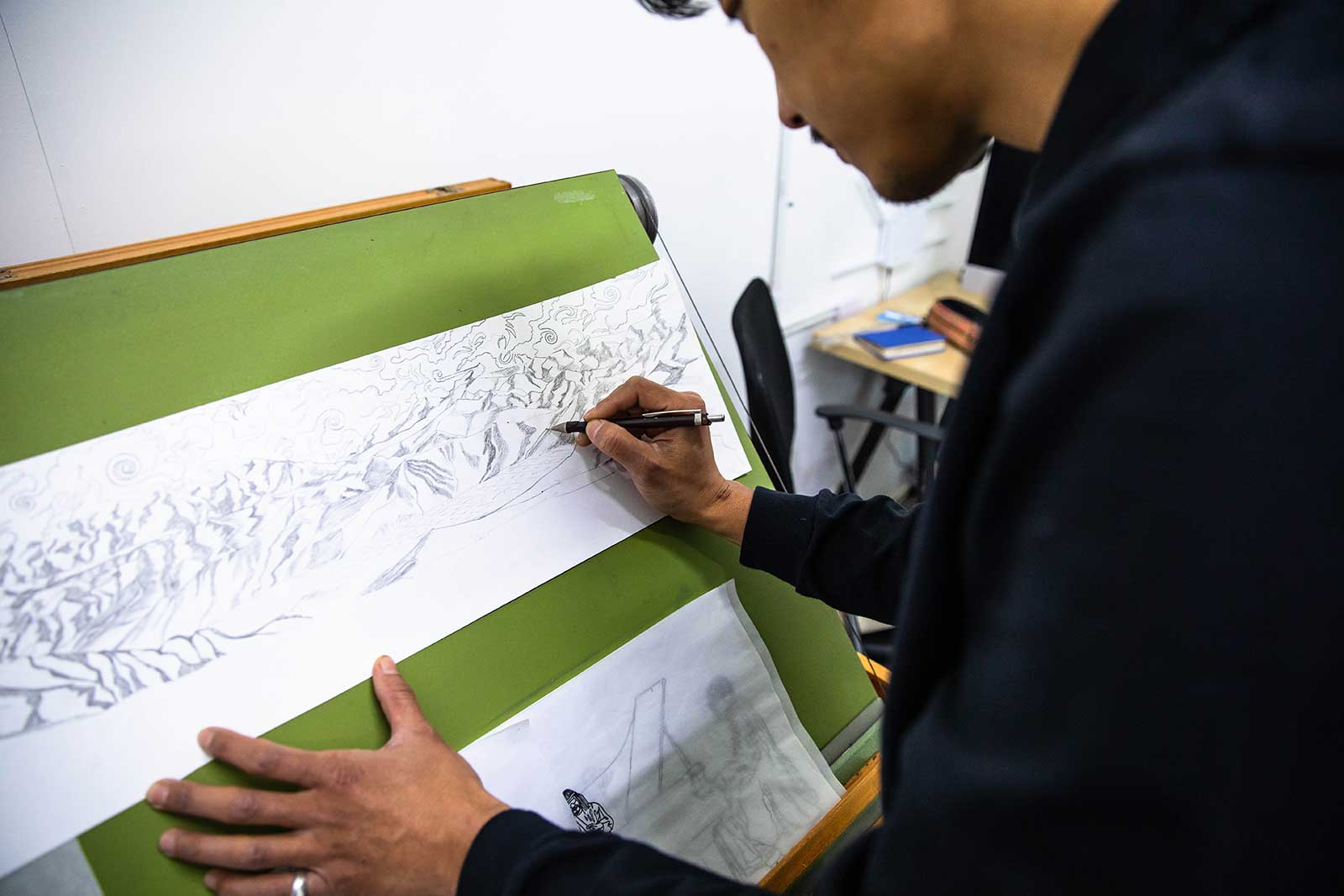
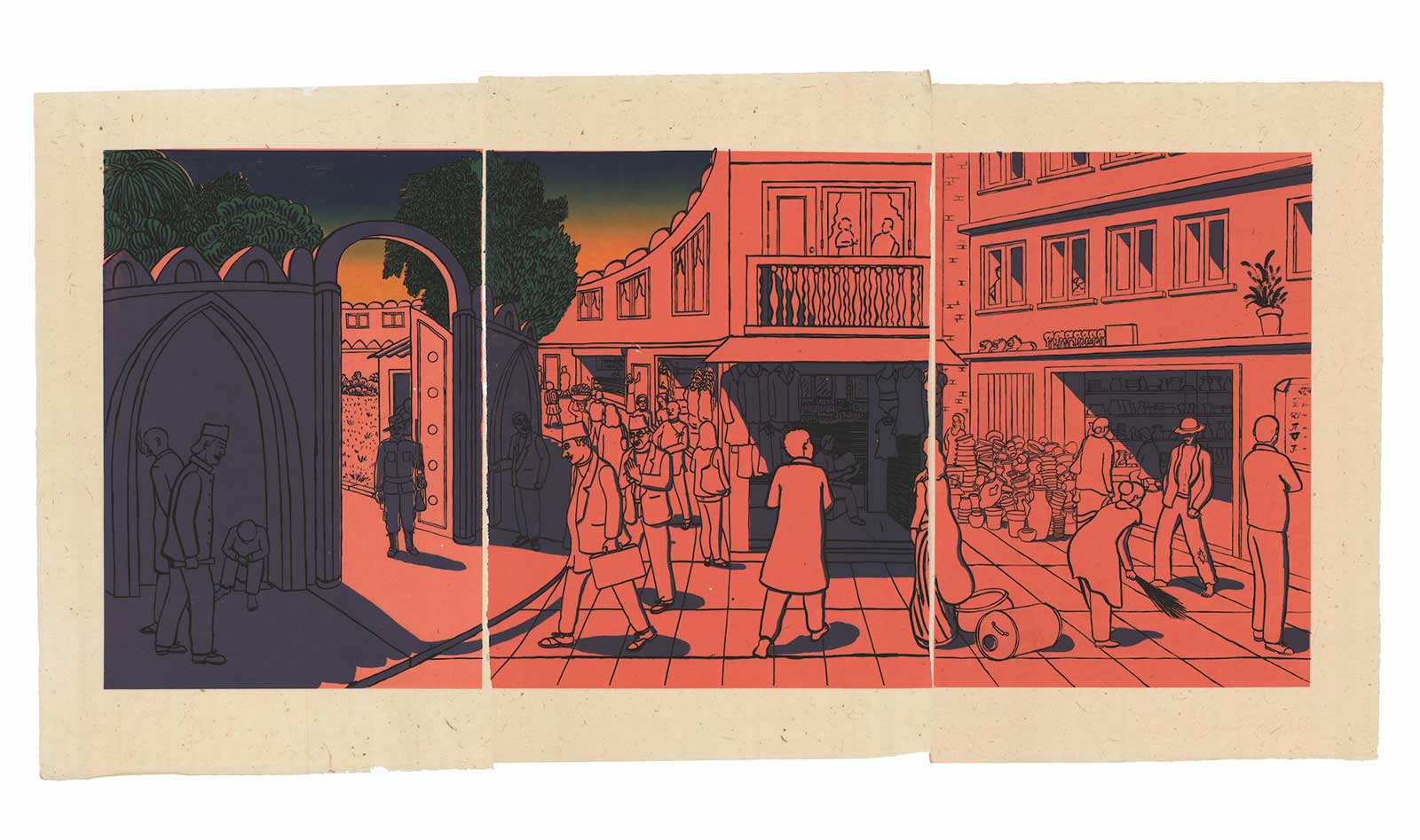 Triptych screenprint on Nepalese handmade paper by Gaurab Thakali
Triptych screenprint on Nepalese handmade paper by Gaurab Thakali
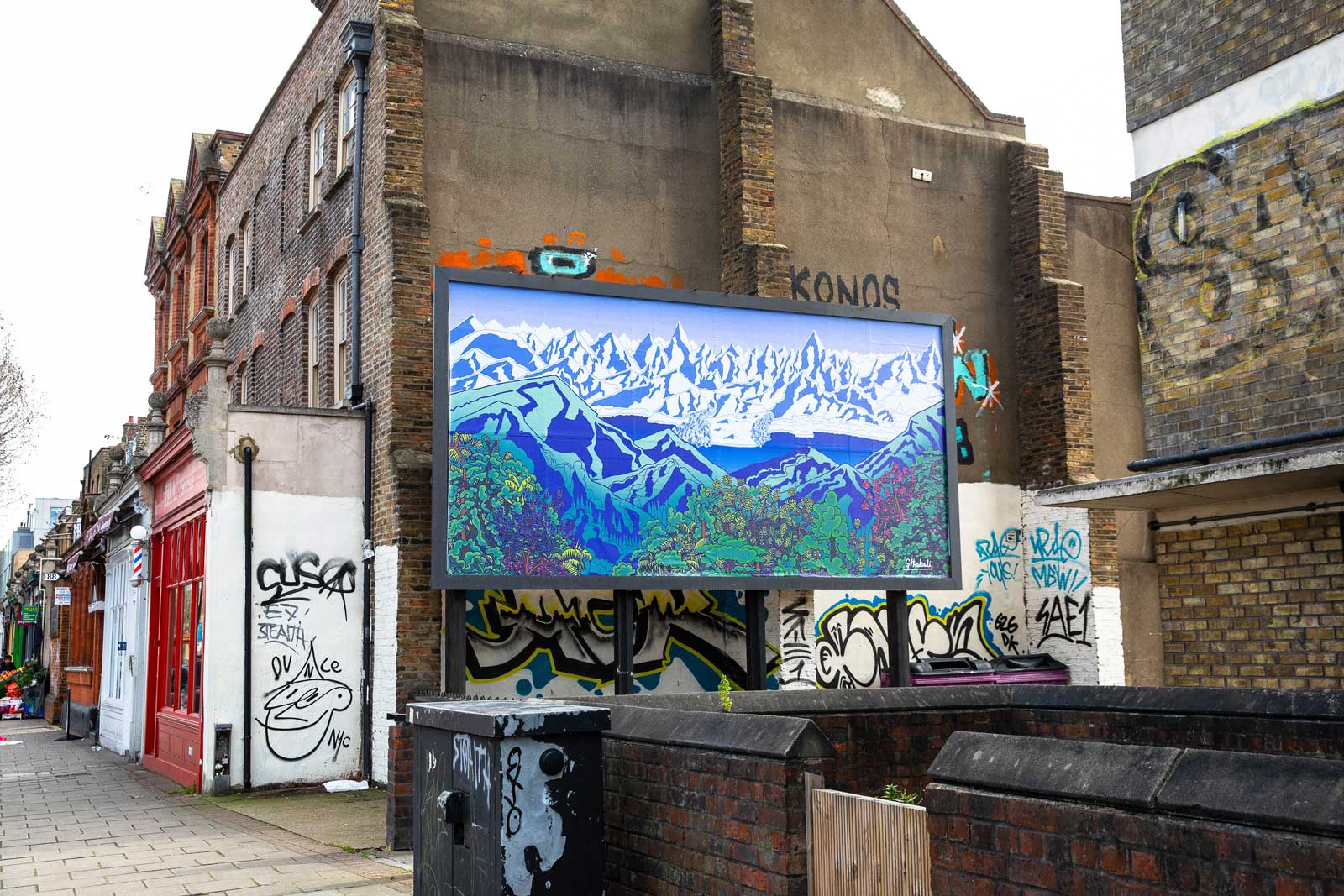
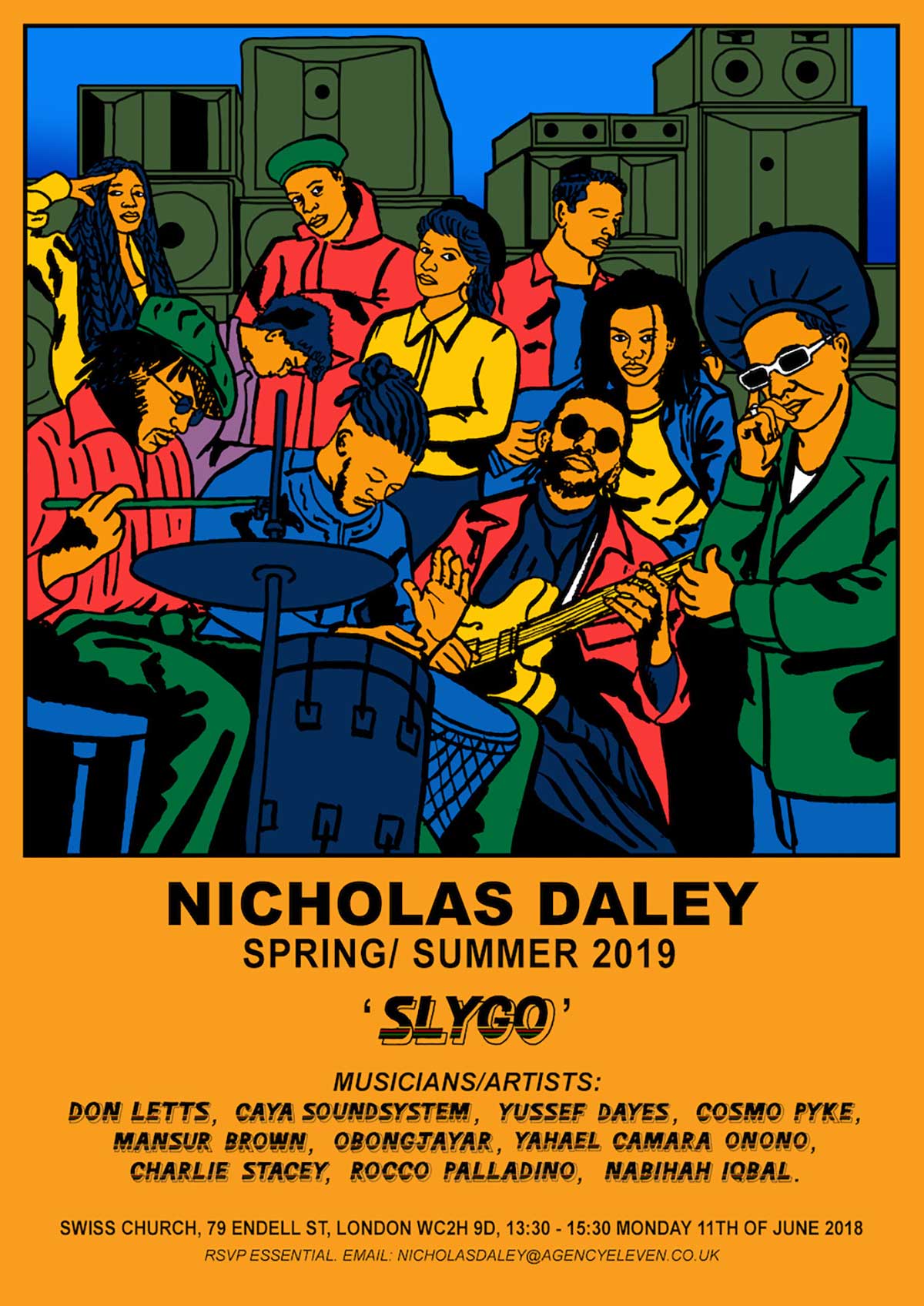 Artwork for Nicholas Daley 'Slygo' show by Gaurab Thakali
Artwork for Nicholas Daley 'Slygo' show by Gaurab Thakali
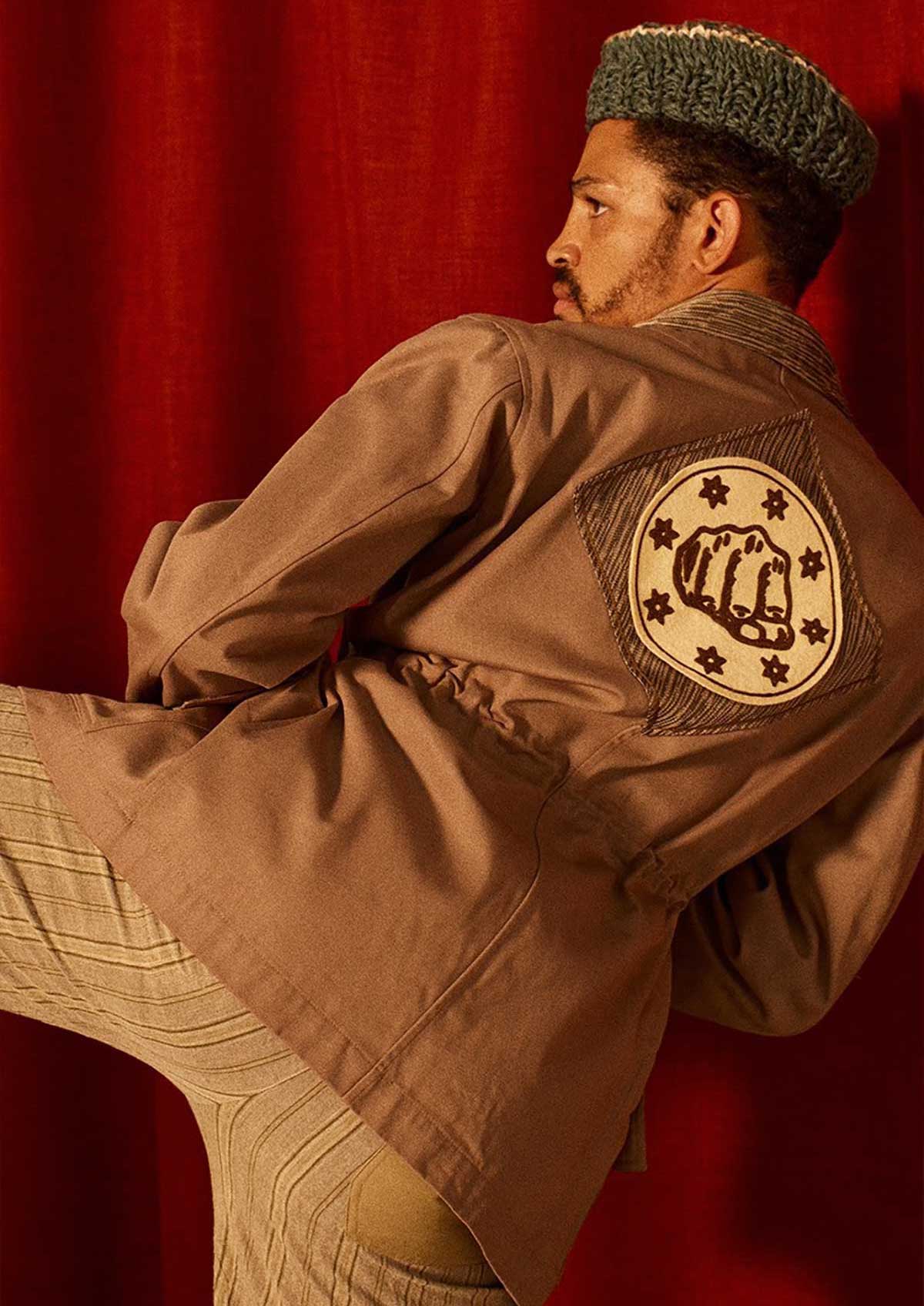 Artwork for Nicholas Daley 'Stepping Razor' SS21 by Gaurab Thakali
Artwork for Nicholas Daley 'Stepping Razor' SS21 by Gaurab Thakali
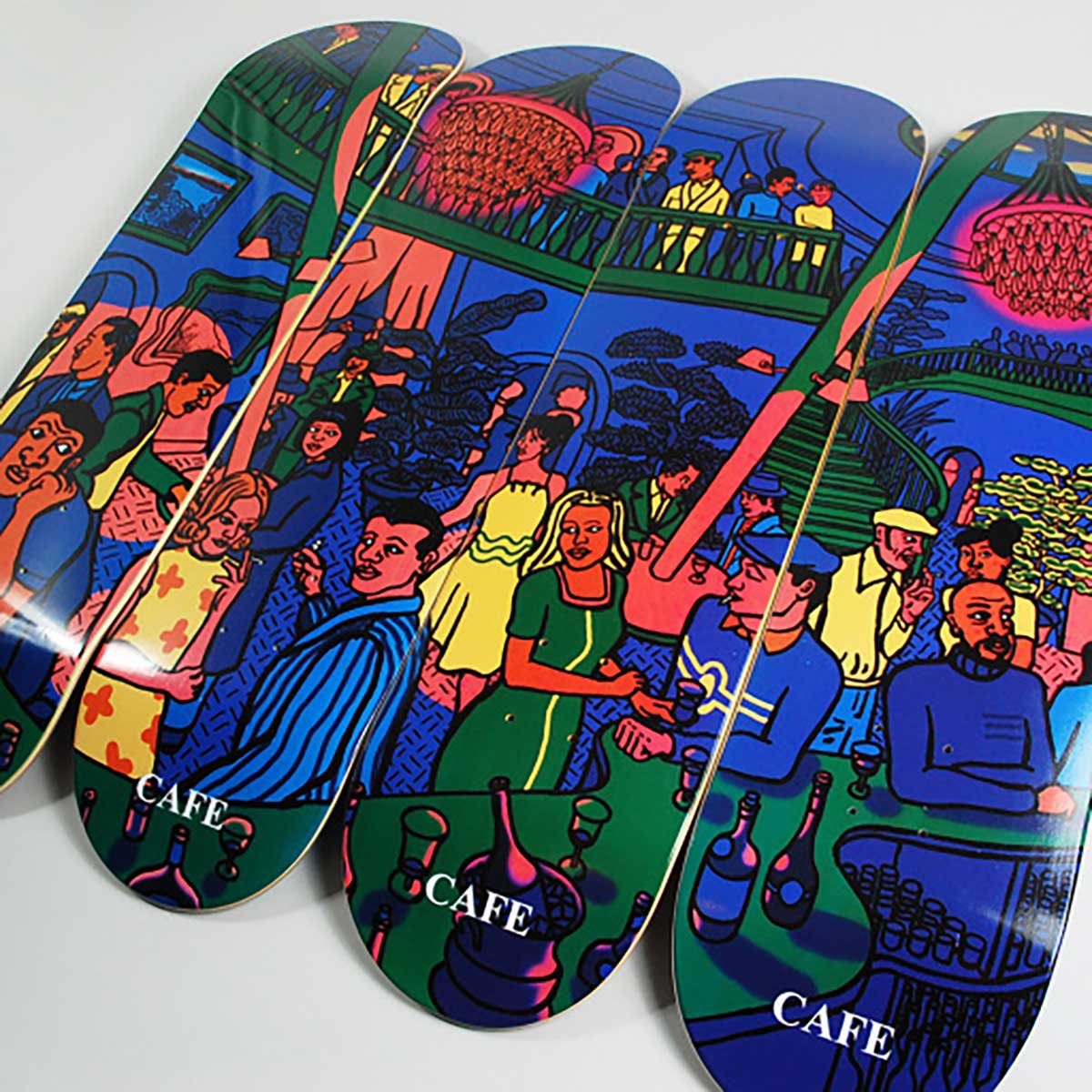
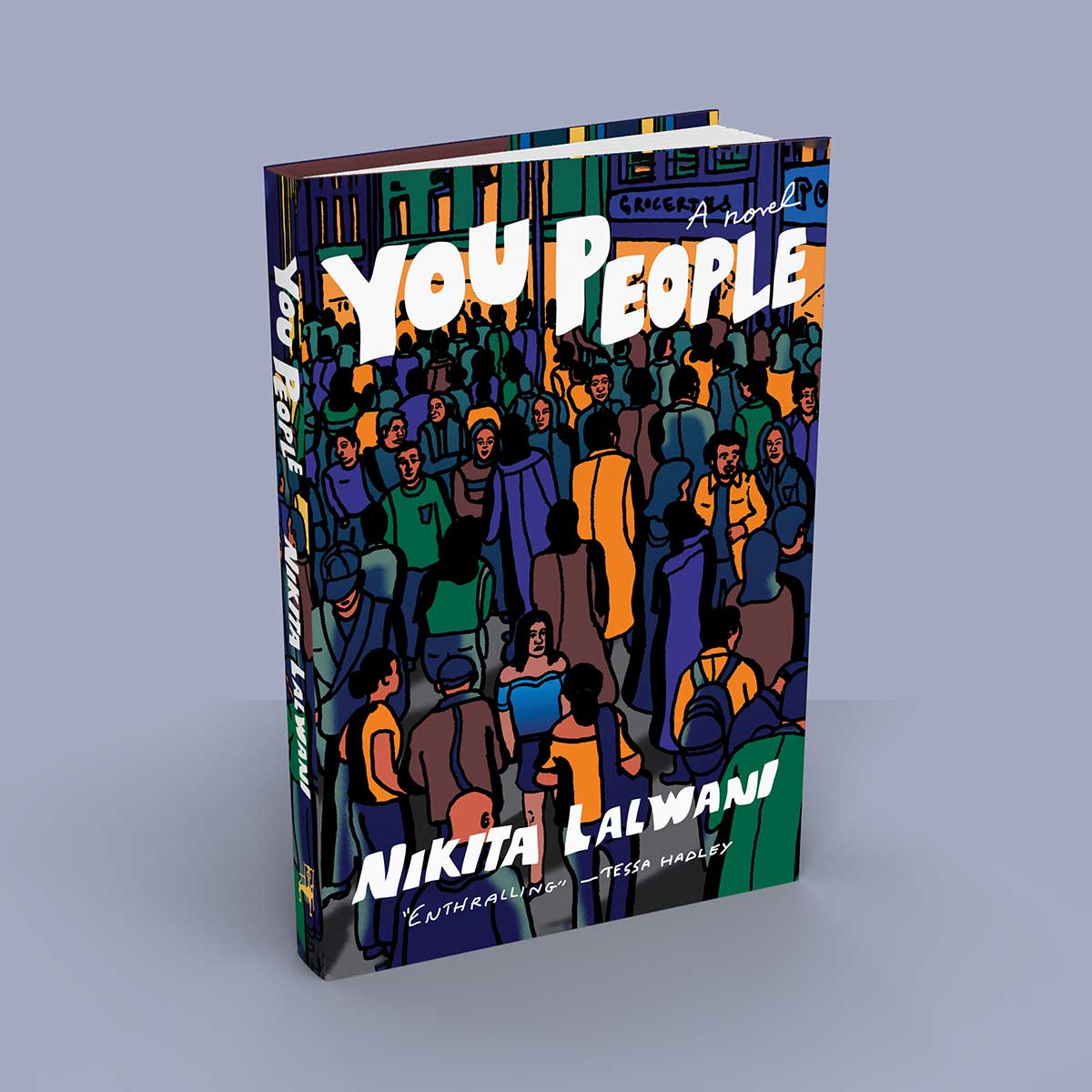 Book cover for 'You People' by Nikita Lawlani published by McSweeney's by Gaurab Thakali
Book cover for 'You People' by Nikita Lawlani published by McSweeney's by Gaurab Thakali
